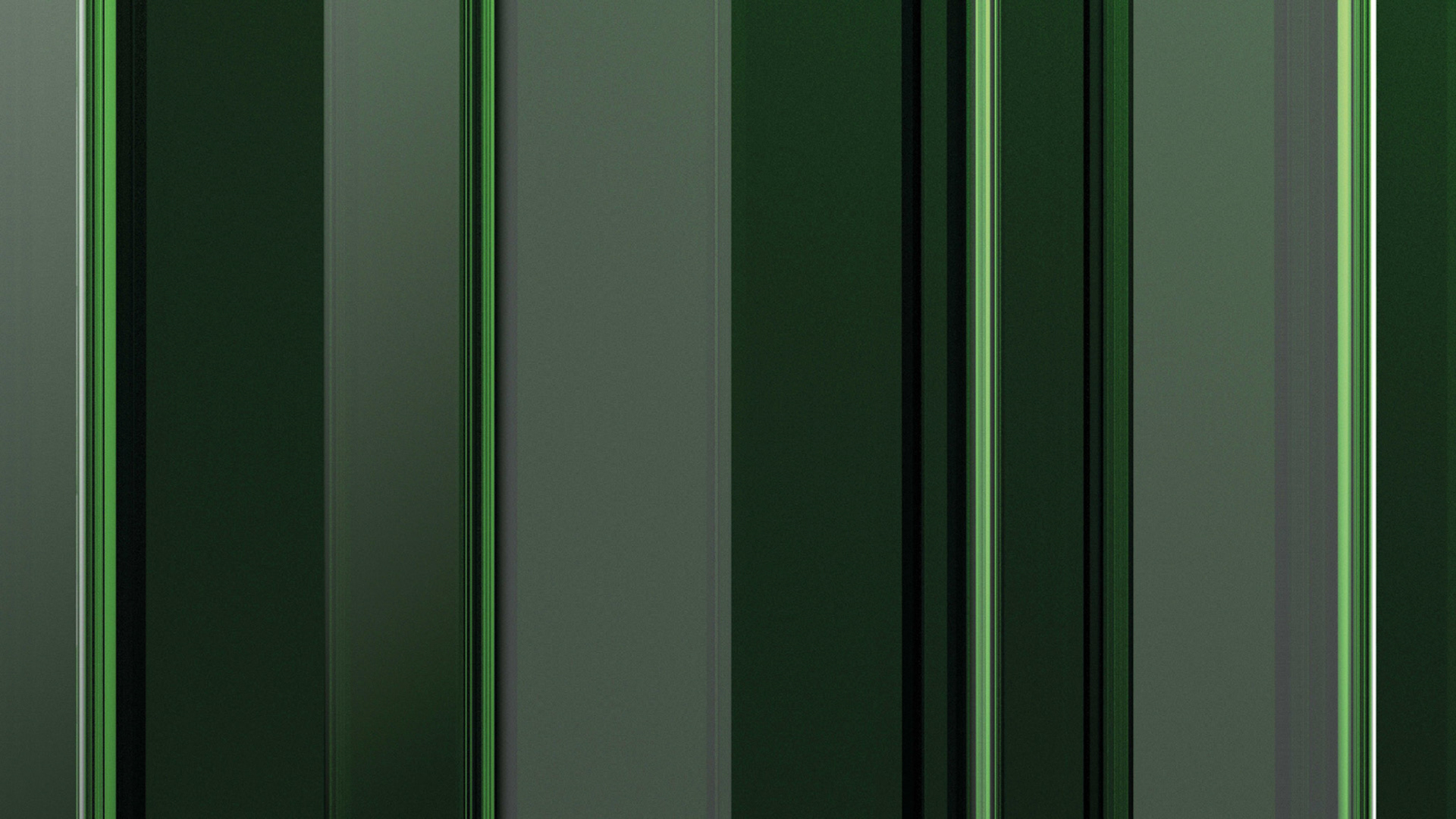
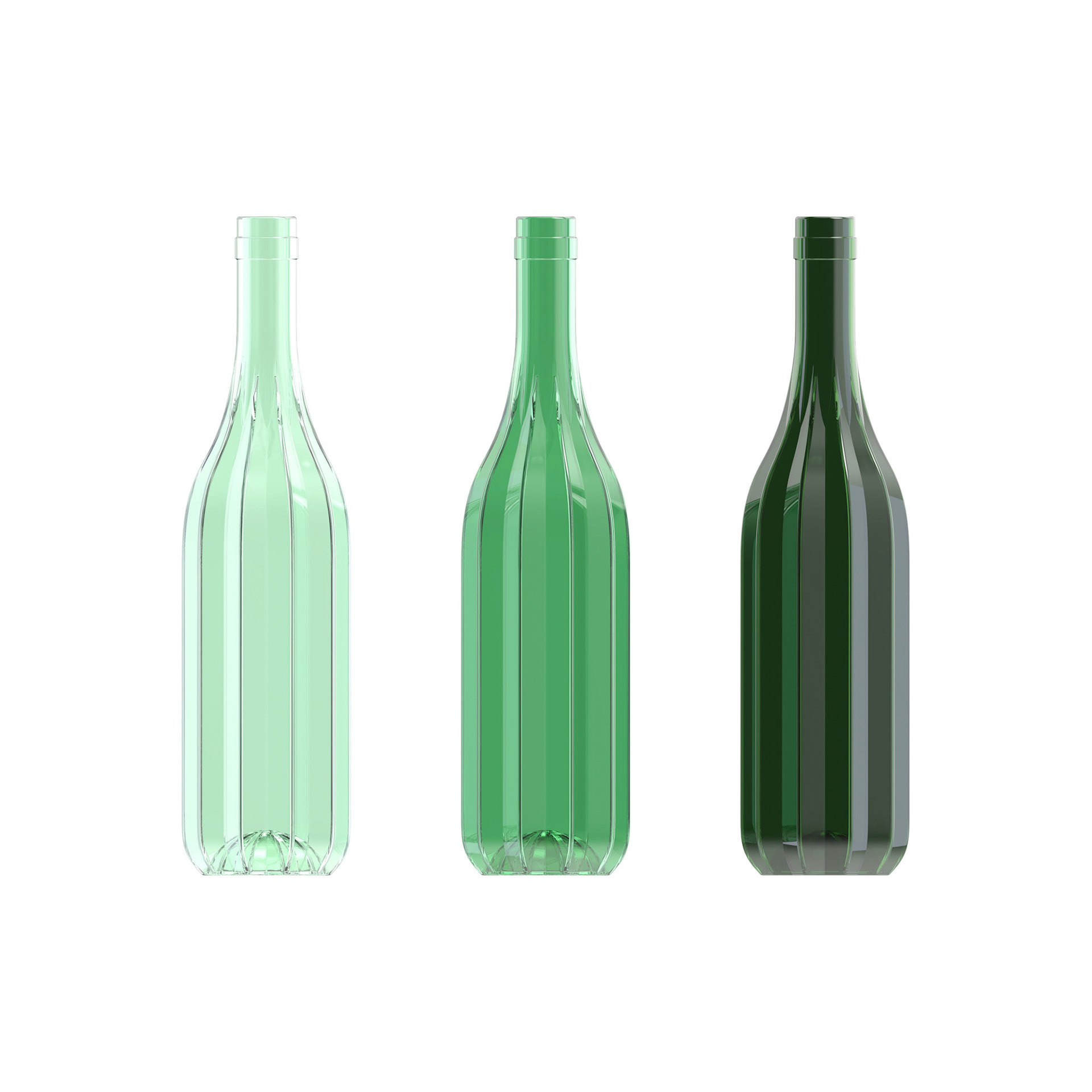
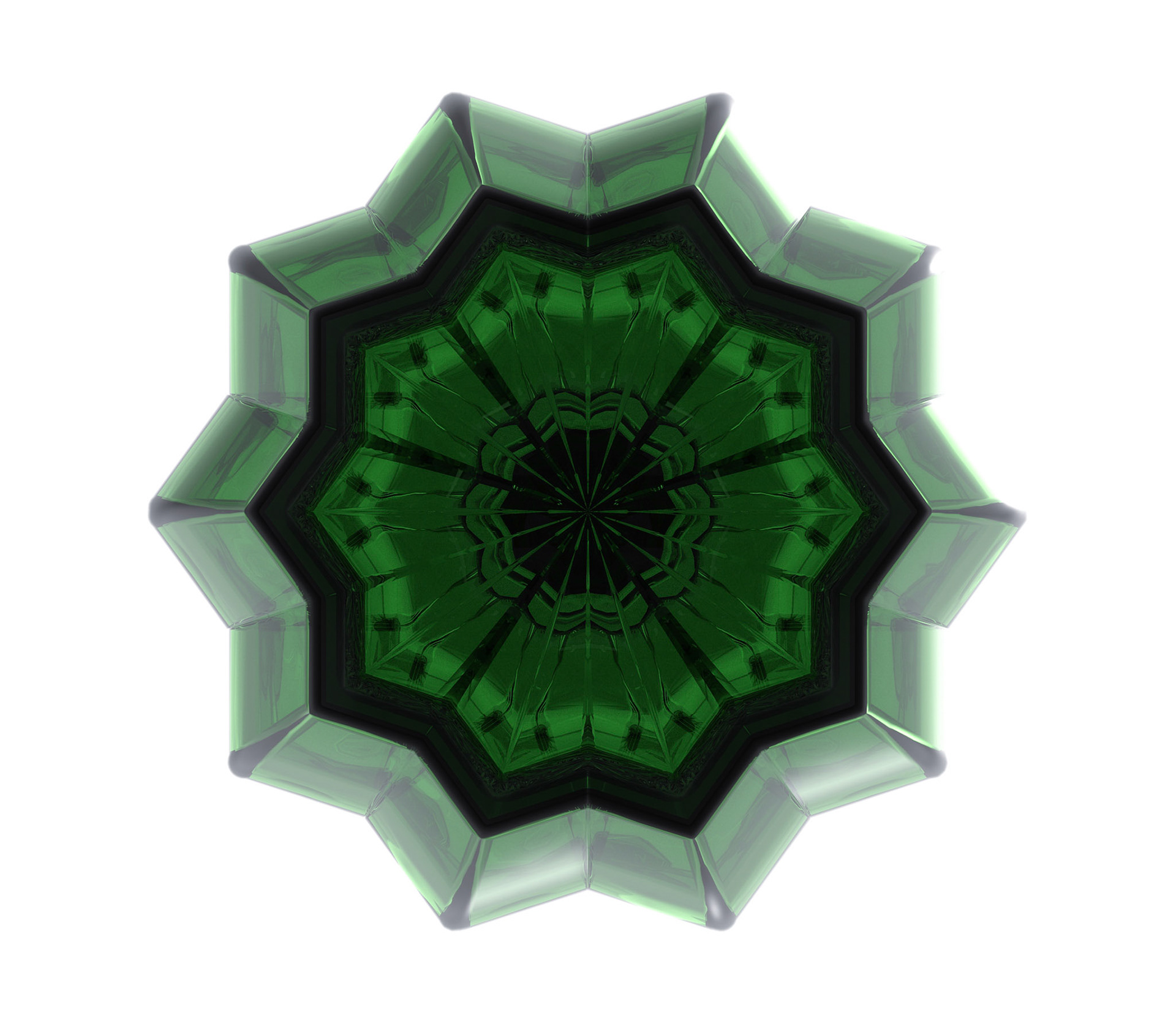
Red wine is usually stored in dark green bottles in order to prevent it from oxidising and therefor turning sour. Wine has natural anti oxidants and also tannins in it that stops it from oxidising, these however break down when exposed to uv light, hence the dark bottles.
The question I asked myself in response to this insight was wether one could experience the colour of the wine whilst still protecting it. The bottle had to be highly protective and UV absorbent in bright light, however when ambient light was low there was no need for this protection.
The outcome is a wine bottle that uses transition glass in order to protect its contents in bright environments whilst revealing it in dark ones. The facetted form creates appealing refractions whilst also being a comment on how increased surface area of the bottle does not negatively effect the wine.
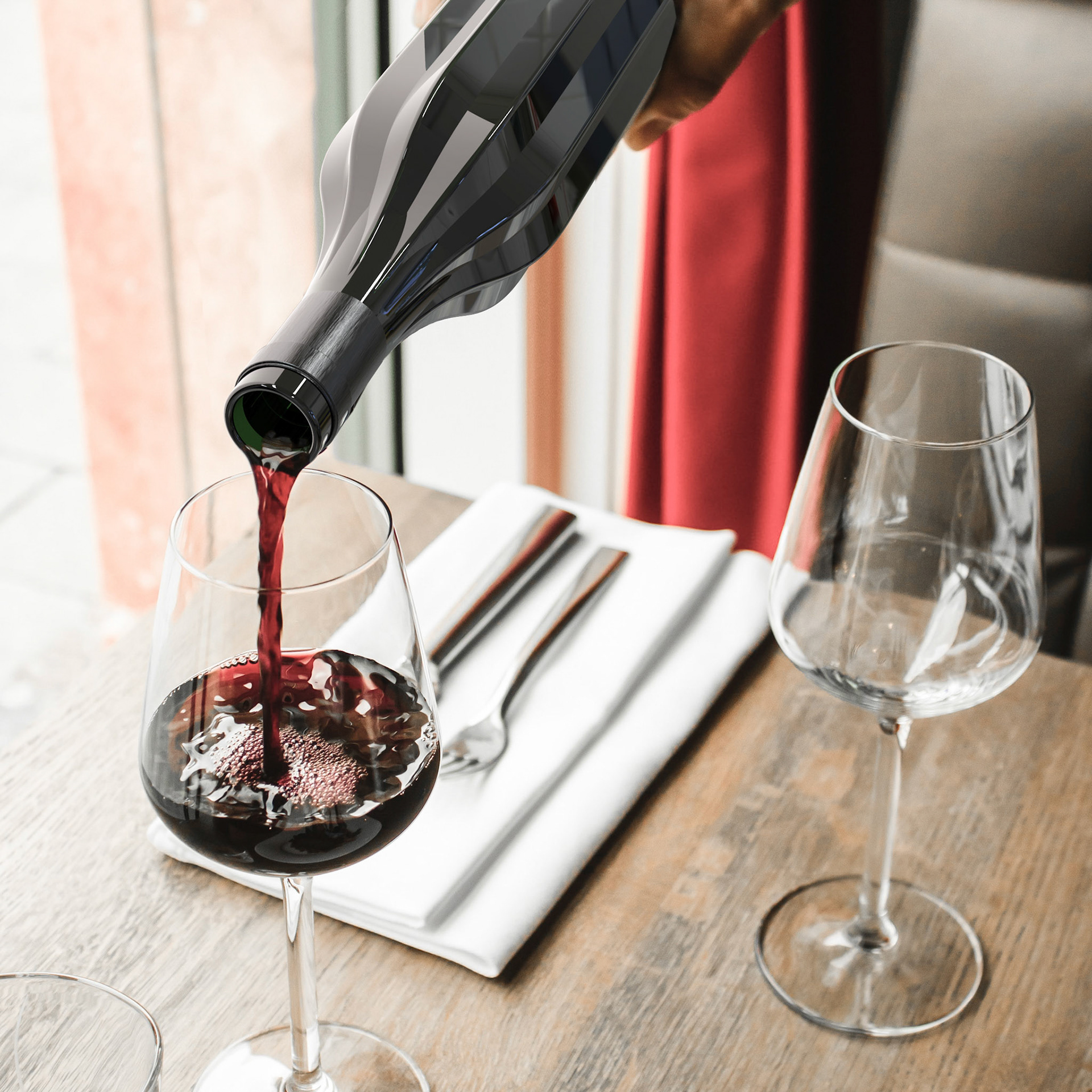
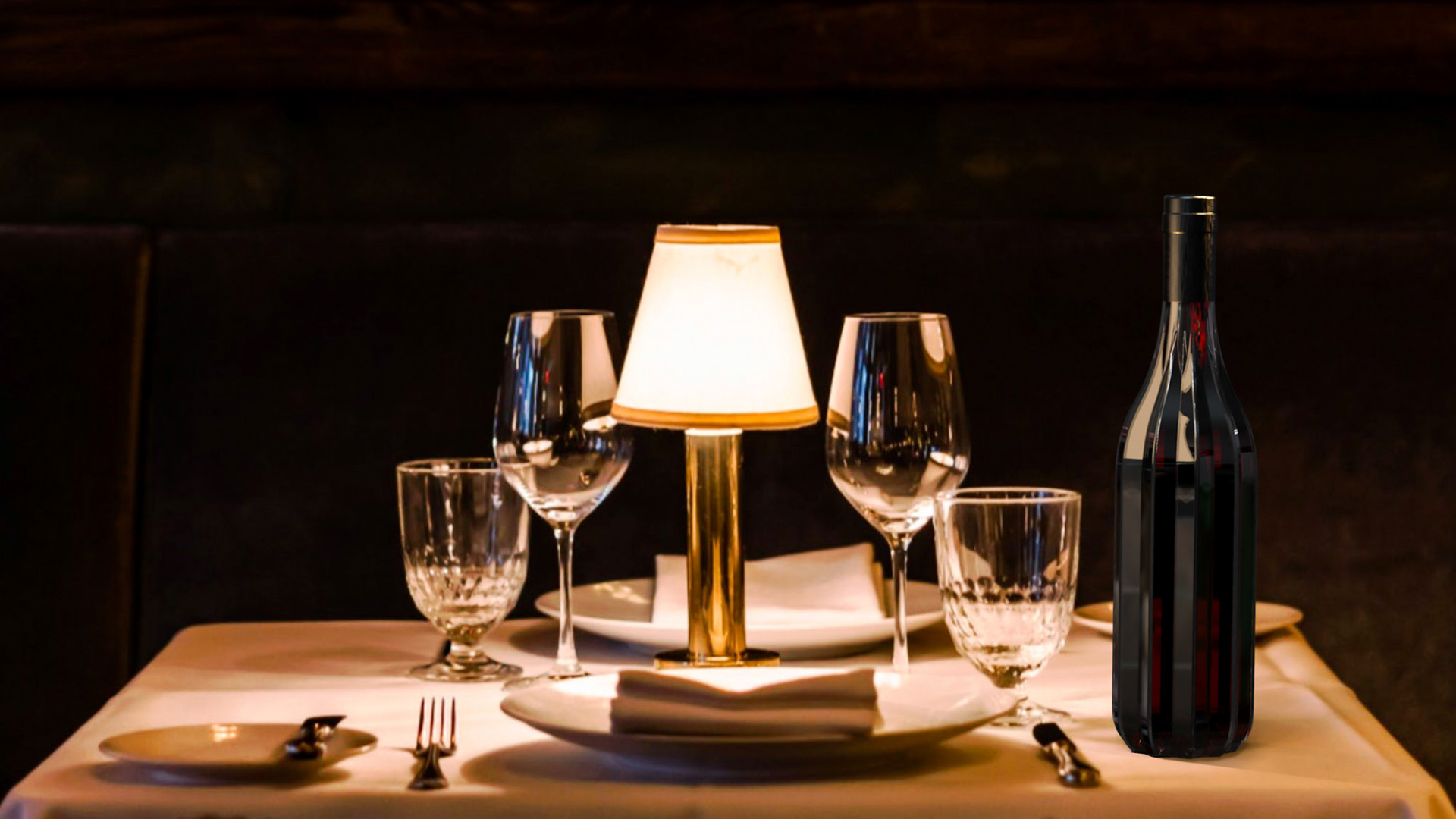
When served during the day for example, wine in this bottle is protected by the photochromic transition glass that has darkened to block all UVA and UVB light. In a dark setting like a dinner or in a wine cellar the glass would become completely transparent to reveal a previously unseen level of colour to the beholder.
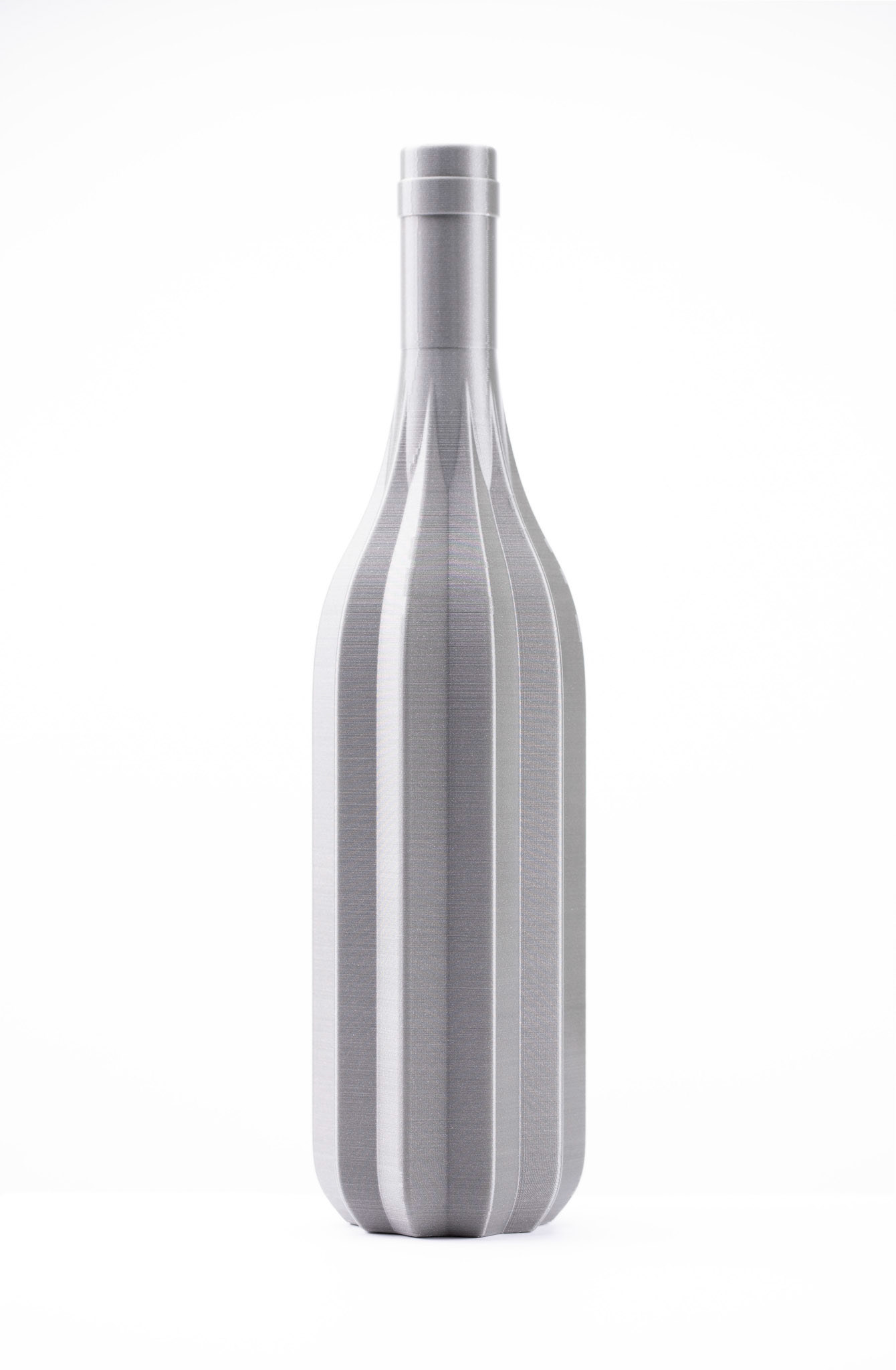
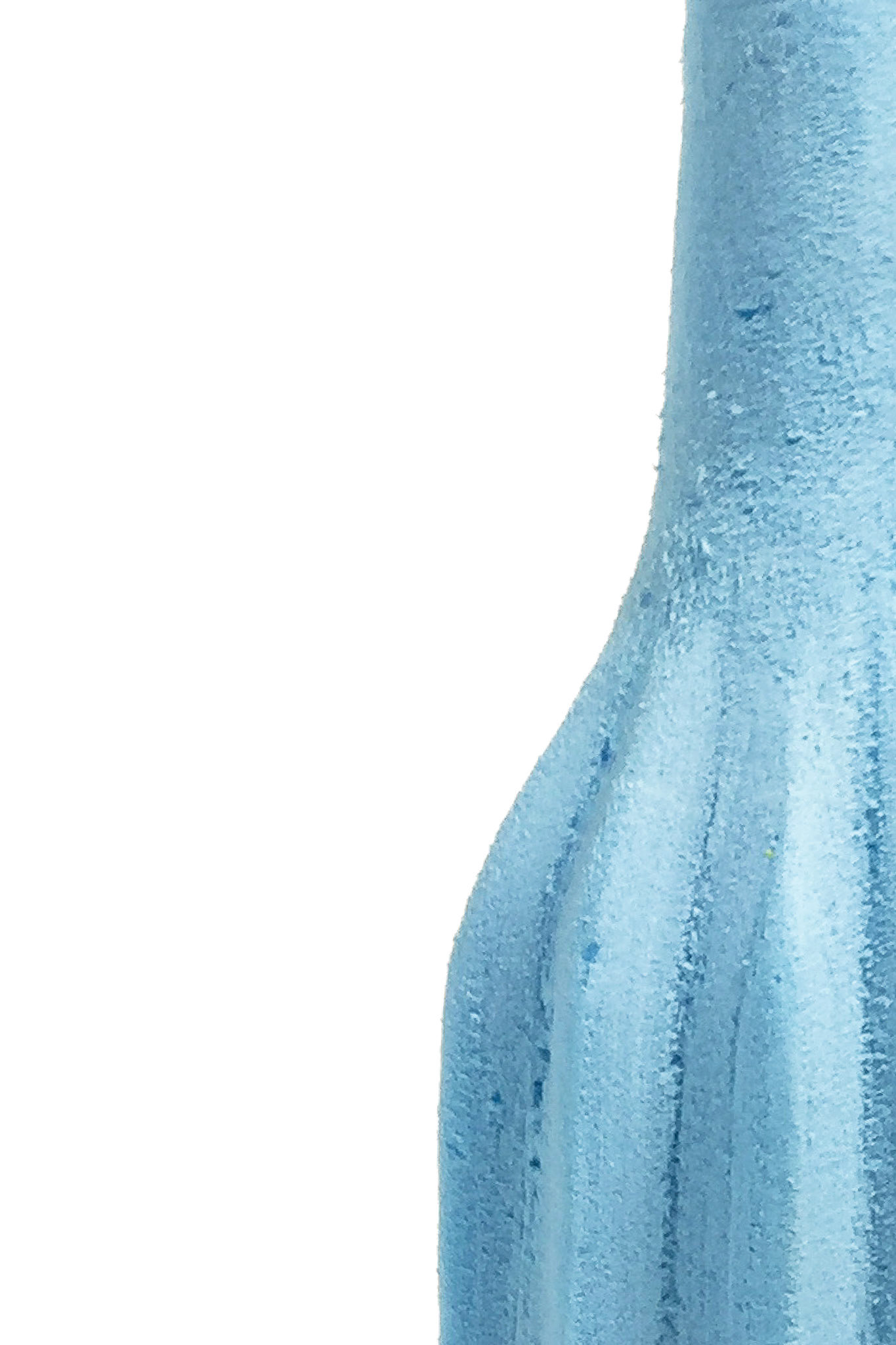
First experimentations with the physical form were conducted with blue foam. This helped shape the bottle in a tangible way. Many variations were made until the design had the right proportions. Once the final shape became clear the prototyping method moved to scale, and then full size, 3D prints.
The bottles shape matches the transition glass technology it leverages with its modern and facetted lines. Whilst being a modern bottle it still speaks to the familiar typology of the wine bottle as its silhouette and outline remains ultimately recognisable.